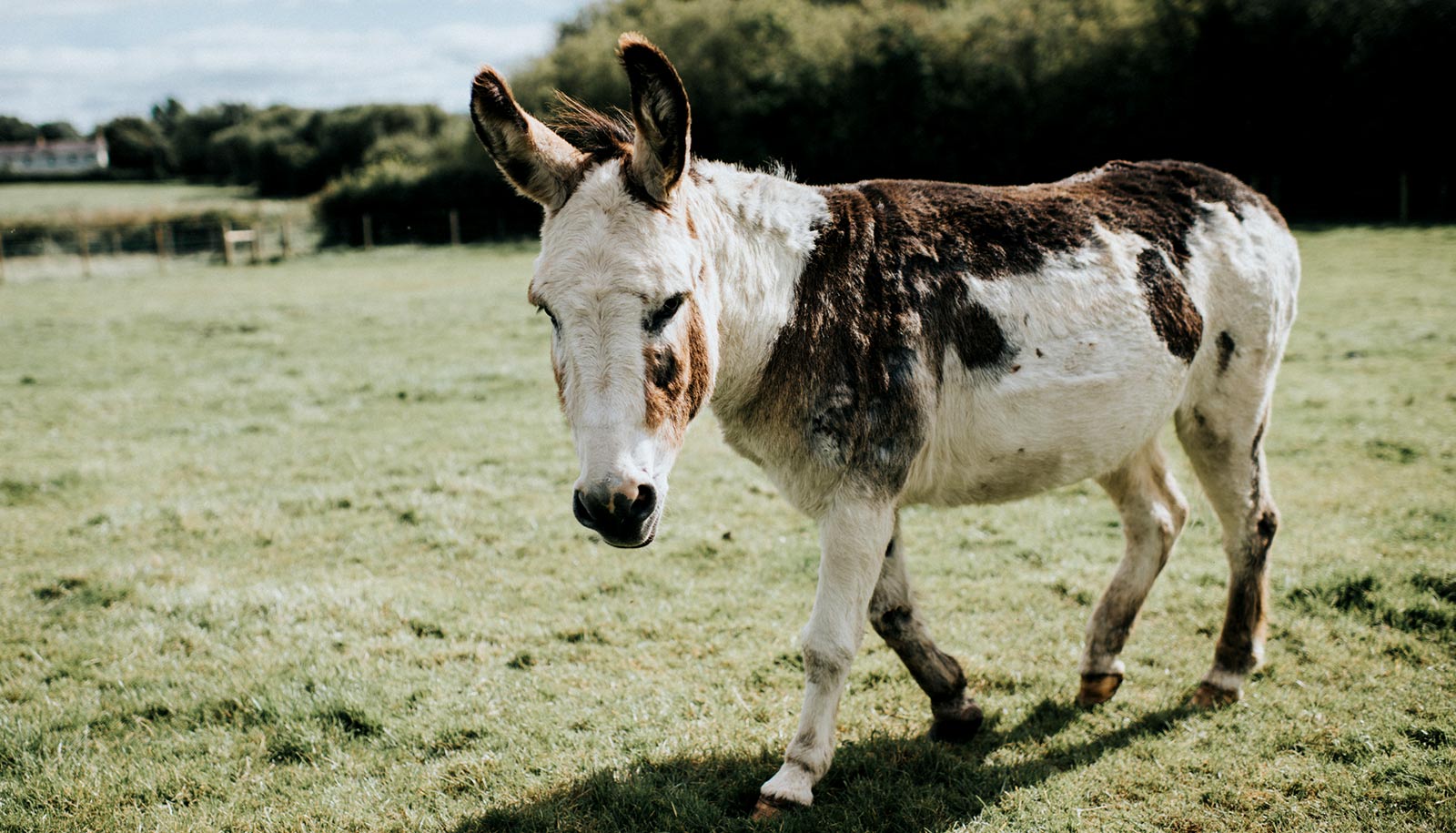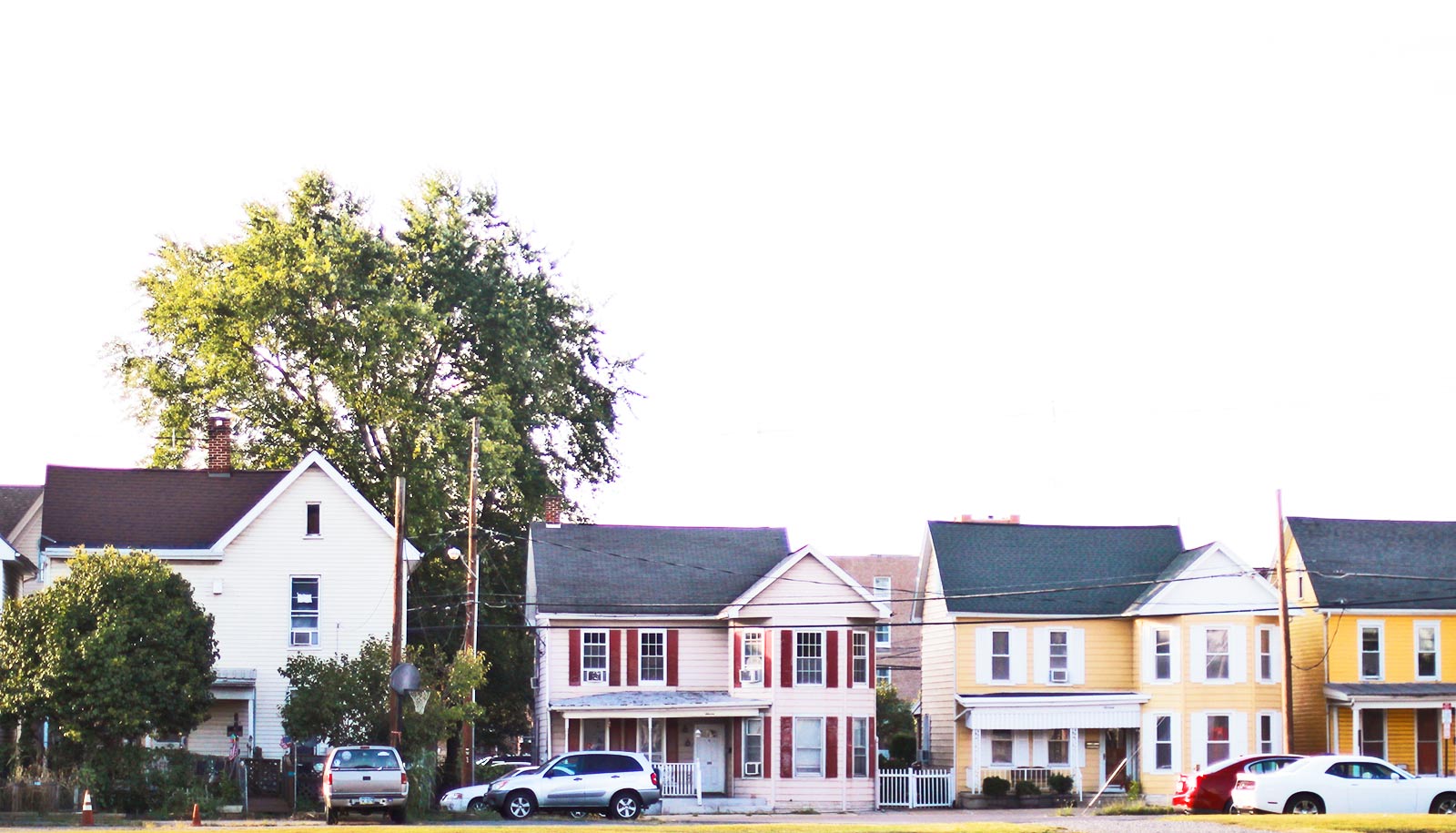The United States made two promises—and it kept one but not the other. The tale can help us understand the existing wealth gap between African Americans and white Americans.
One of those promises, that of “40 acres and a mule,” officially was made in 1865. The US government decided that newly freed African Americans should have a plot of land to call their own. Three years earlier, when 90% of African Americans were still enslaved, the federal government enacted the Homestead Act and started offering free 160-acre plots of land to settlers, mostly white Americans.
Find out more in this episode of the Ways & Means podcast series, “The Arc of Justice—From Here to Equality,” which arises from the research of economist William A. “Sandy” Darity Jr, professor of public policy at the Sanford School of Public Policy at Duke University. Darity and folklorist and arts consultant A. Kirsten Mullen are coauthors of the book From Here to Equality: Reparations for Black Americans in the 21st Century (UNC Press, 2020).
Listen to the episode here or read the transcript:
Source: Duke University



